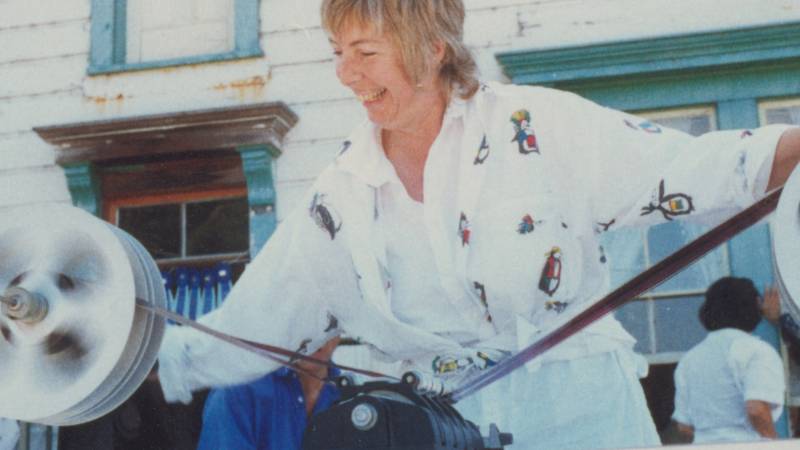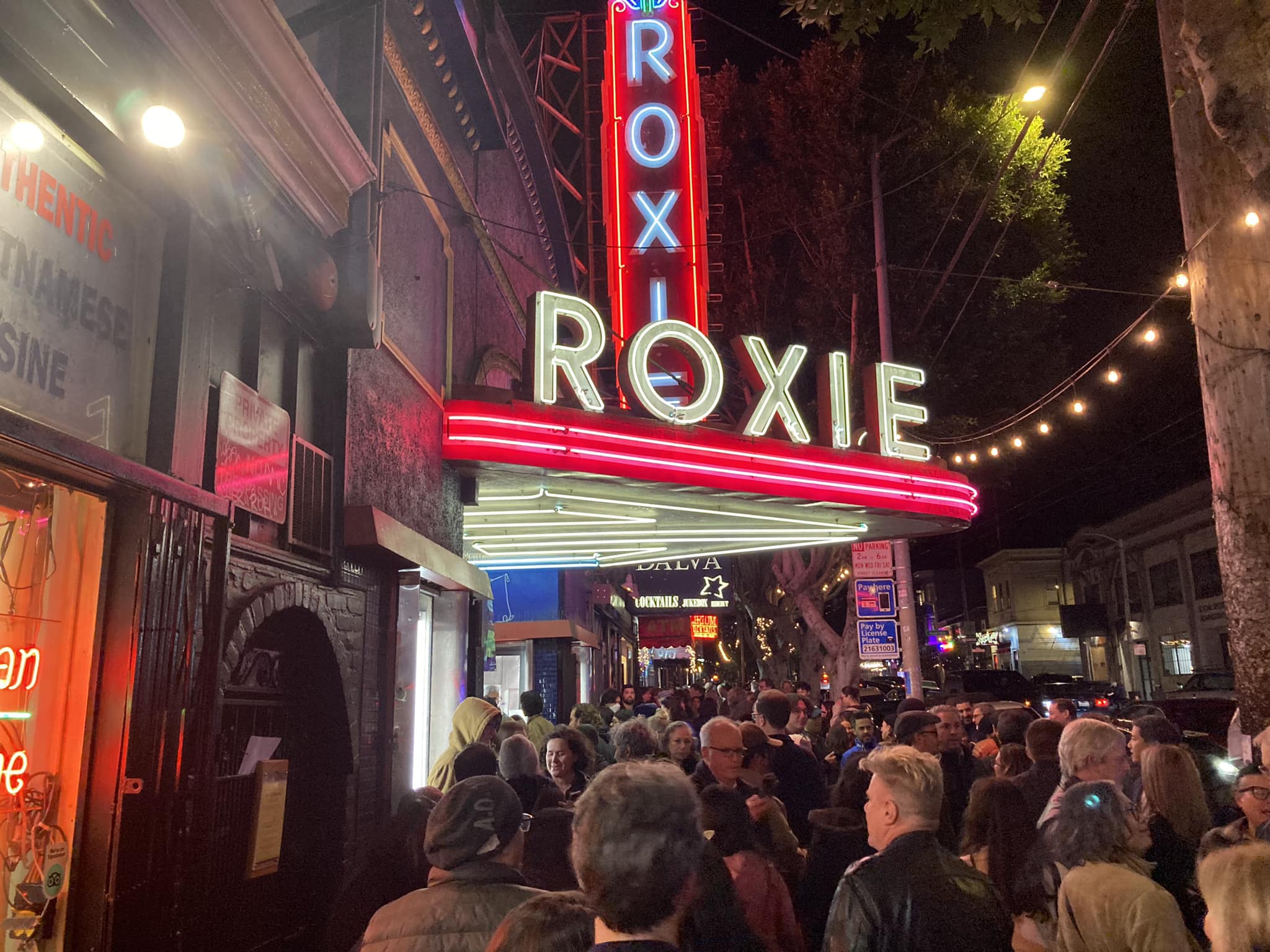The real art of film editing, Vivien Hillgrove tells us in her unexpected and beautiful first-person documentary Vivien’s Wild Ride, is conveying “the story under the story.” Yes, we should be hooked and held by the plot, the characters’ journey and dramatic events. But the essence of a film — its themes and emotional power — is expressed between the lines.
Vivien’s Wild Ride, the Bay Area native’s directorial debut after half a century editing sound and picture for a bevy of landmark local feature films and documentaries, has its world premiere on Friday, April 18 at the Premier Theatre in the Presidio and Saturday, April 19 at BAMPFA in Berkeley as part of SFFILM’s annual San Francisco International Film Festival.
Hillgrove’s initial idea was to write a book for the daughter she was forced to give up for adoption while in her teens in the early 1960s — a memoir of a now-forgotten conservative era for young women. That era abruptly ended (in San Francisco, at least) in splinters and cracks, with Hillgrove seizing the moment to discover and then reinvent herself, both as a lesbian (“a sort of criminal euphoria of freedom,” she describes it in Vivien’s Wild Ride) and as a largely self-taught sound and picture editor at the production and postproduction company Studio 16.




